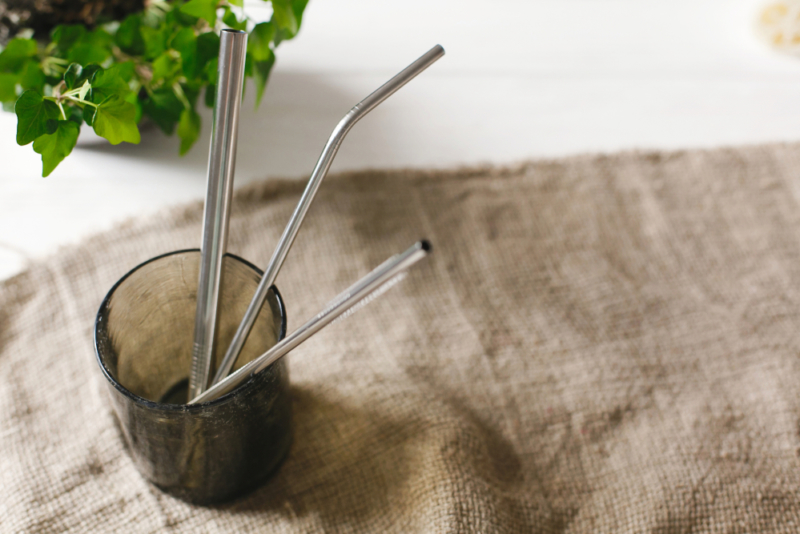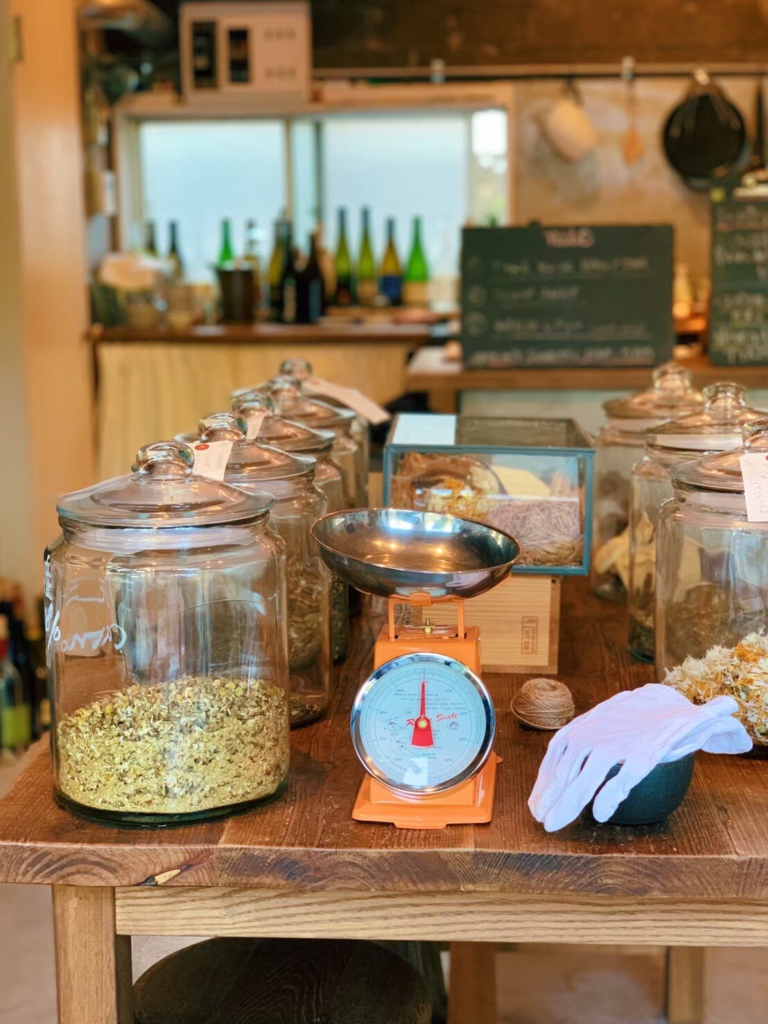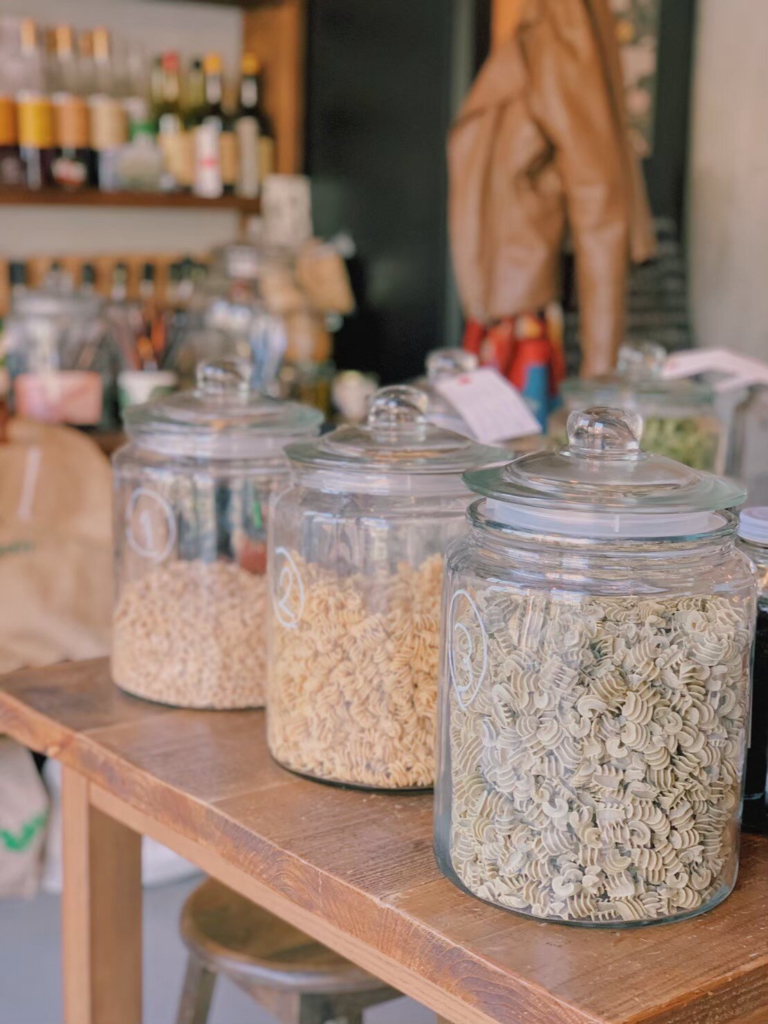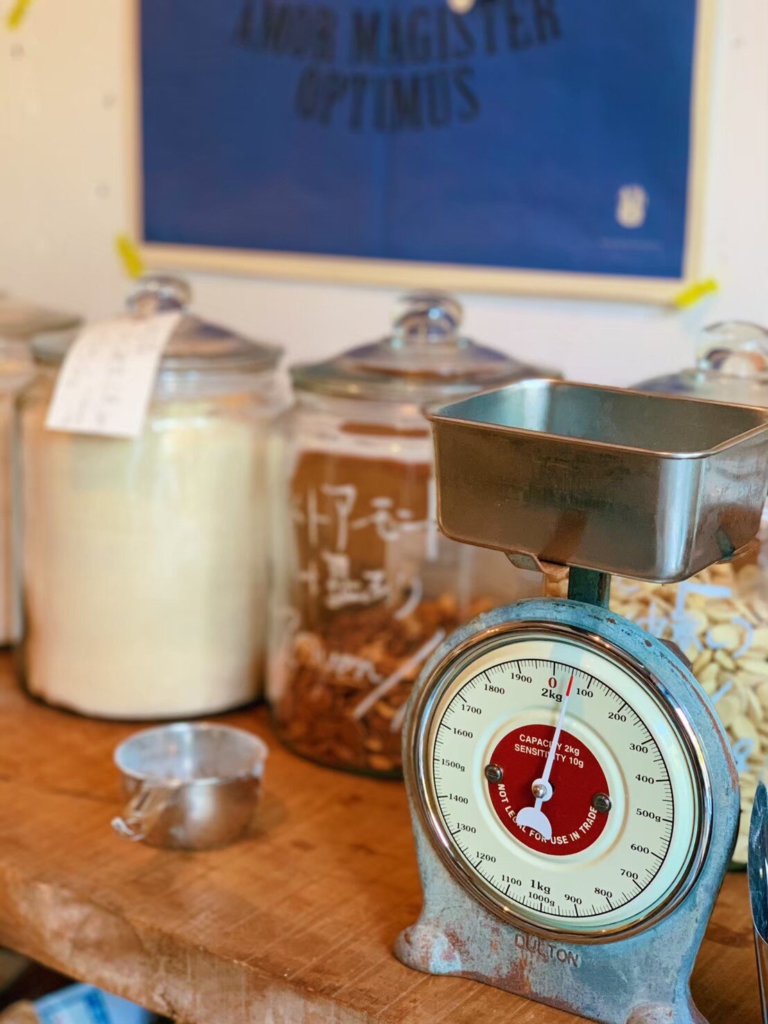It’s no secret that Japan is a country obsessed with plastic packaging, and so while it may seem like a herculean task to live a zero-waste lifestyle in Japan, it isn’t actually that hard to significantly reduce your waste. Here are a few practical, hygienic, and wallet-friendly ways on how we can live as low-waste as possible.
Groceries
Reusable Bags
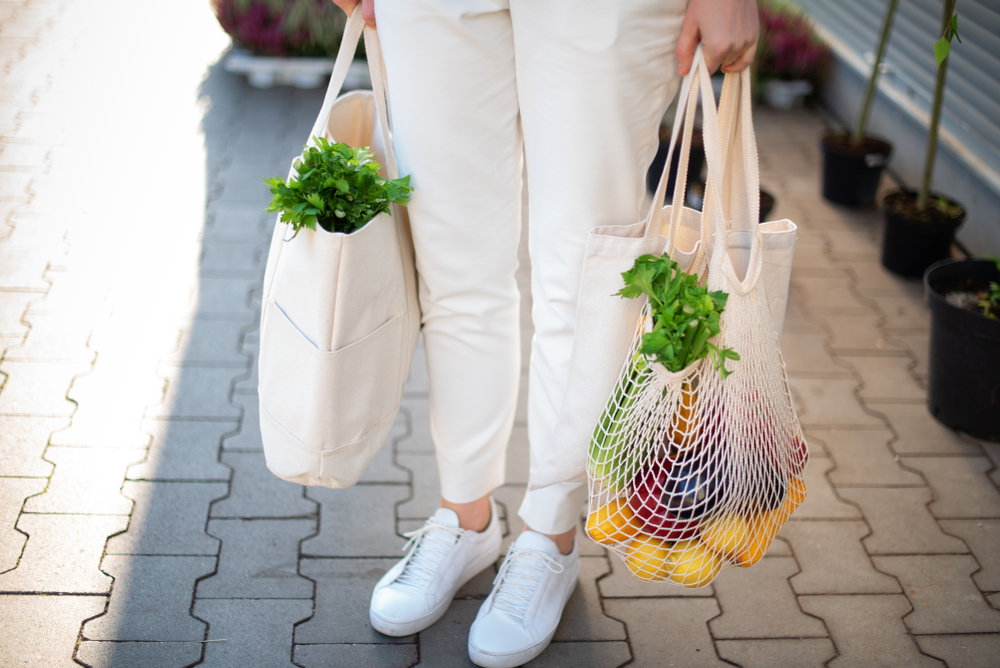
More people have started to bring their own reusable bags since the nation-wide plastic bag levy came into effect in July 2020. Keep a reusable bag in your personal bag or hang it on the doorknob so that you’ll never forget to bring it out with you.
A little side-suggestion about refusing the plastic shopping bags in the supermarket: a friend of mine told me that when she shops at a supermarket and as the staff at the cashier starts to bag her fresh produce in one of those small clear plastic bags, not only does she say that she doesn’t need the bag, she also explains that she wants to reduce plastic waste. While this may not stop the staff from providing plastic bags to other customers since it is most likely store policy, she explains that it would at least raise awareness for the staff’s personal shopping behaviors.
Farmers’ Markets
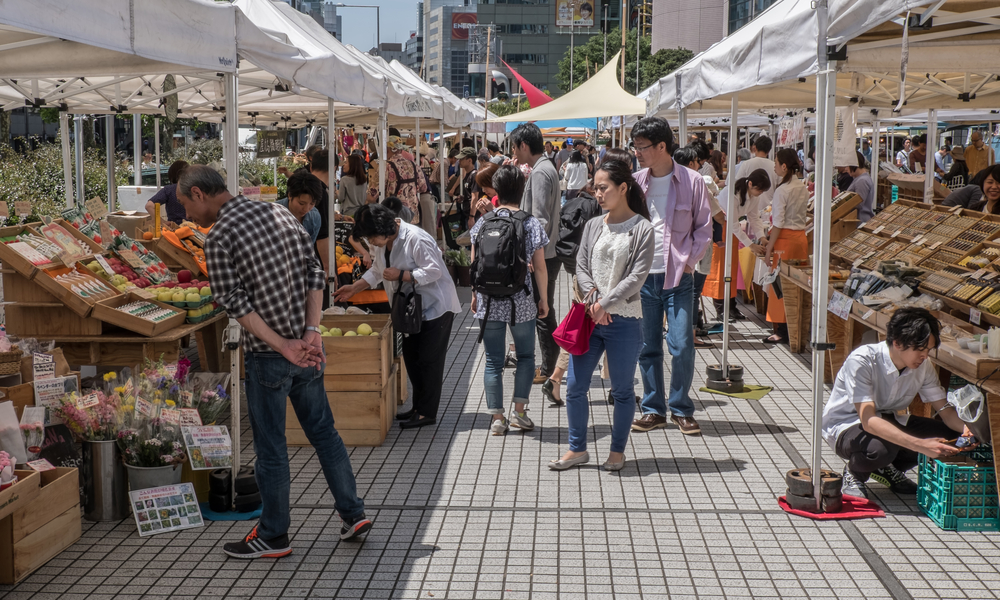
In order to avoid all that plastic packaging that typical supermarkets use, why not buy your fresh produce from a farmers market instead – you’d cut the plastic, reduce costs since you’ll be buying directly from the farmers, and have the added joy of getting to meet the people growing the food on your plate!
One of our favorites is the Farmers Market @ UNU. They not only sell seasonal locally-grown farm produce, but you can also find products from local artisanal bakeries & breweries, arts & crafts from independent makers, potted plants and flowers, and a whole host of Tokyo’s most delicious food trucks gathered here on the weekends. There are also different events every few weeks – such as coffee and bread fairs, flea markets for vintage clothes and crafts, and a puppy adoption corner!
Here’s a list of farmers markets in the Tokyo and Yokohama area, or search for ファーマーズマーケット and your region.
Bulk Stores

For package-free dry goods, go to a bulk store. In these stores you shop by weight, so you can buy what you need, waste less, and save more. You can also bring your container to avoid plastic packaging. This practice actually dates back many centuries: “Hakari-uri”, meaning sold to measure, used to be the common way to shop for certain food staples such as miso, rice, soy sauce, and vinegar before modern supermarkets came along to sell them pre-packaged.
Nue in Tokyo is a fantastic little zero waste shop, selling all sorts of beans, flours, pasta, herb tea, chocolate, dried fruit, nuts, and so on. All of their products are organic and sourced from high-quality producers and ensures minimal packaging during the sourcing process.
Another store is Far East Bazaar, which has several locations around Japan where you can bring your own container to buy nuts, sugar, dried fruit or other consumables. Their goods are additive-free and pesticide-free, and are sold by weight from 50 grams.
Here’s a list of bulk stores in Tokyo (in Japanese) – you can even find where to buy package-free soy sauce and miso! And here’s a list of bulk shops all around Japan – including meat shops, seafood, miso, and dry goods, etc (in Japanese).
Get Growing!

The ultimate zero-waste & zero-emissions hack is to grow your own vegetables! The gardening section at Tokyu Hands has all you need to nurture or hone your growing skills. While our small Japanese apartments may not allow for a full-blown vegetable patch, you can easily start by growing herbs like basil, chives, and parsley. The internet is abundant with resources to help you figure out what is most suitable to grow in the given climate and space, how to water and take care of your greens, and even how to compost your food scraps (hence reducing waste) to condition your soil. Over time, this will help you save money, and nurturing something green, beautiful, and delicious works wonders for your mental health.
At Home
Cleaning
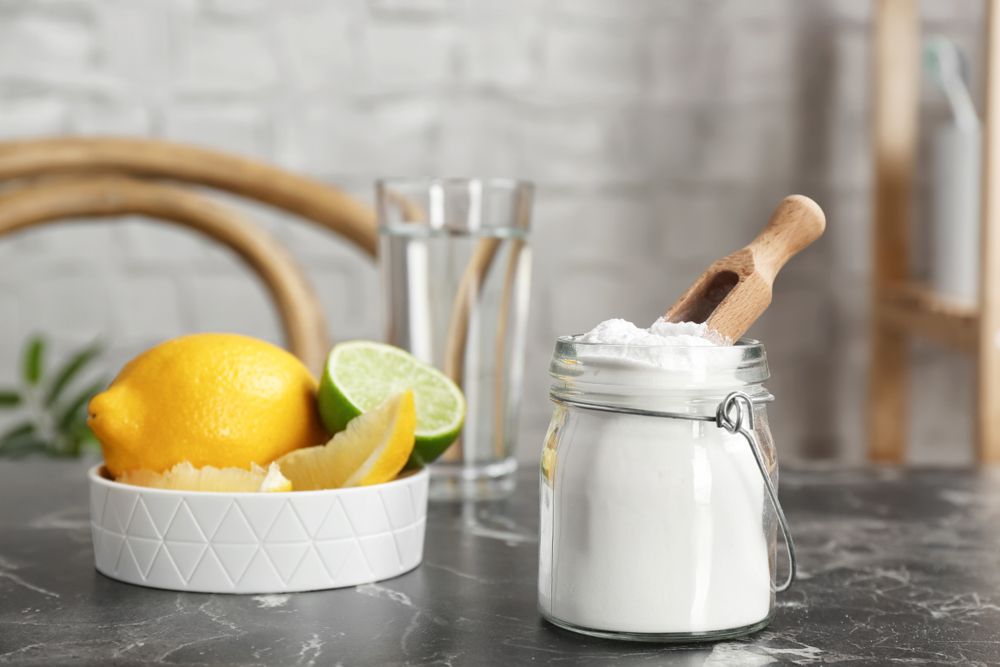
Unless you’re working in a hospital, you don’t actually need chemical cleaners to keep your household hygienic and squeaky clean. Baking soda (重曹 in Japanese) is THE magic ingredient that will satisfy all of your cleaning needs. It removes stains, odours, sanitizes, polishes, and cuts through grease. All of this at a fraction of the cost of common chemical cleaners! It is really as simple as mixing 2 tablespoons of baking soda with 500ml of warm water for an all-purpose cleaner.
Vinegar is another cleaning powerhouse, as its acidic properties remove stains and also make for a great disinfectant. Mixing some baking soda with vinegar can effectively unclog a drain, and is much less harmful to your lungs and pipes than traditional drain-cleaners.
Finally don’t throw away your used lemons – their citric acid can be used as a disinfectant to sanitize any surface and works great as a deodorizer.
The internet is full of recipes and ways to use these inexpensive and natural ingredients!

On the other hand, if for whatever reason making your own cleaning products is too much of a hassle, you can bring your cleaning containers to the Eco Store in Shibuya to refill them. Eco Store products are cruelty- and child-labor-free, and guarantees satisfaction.
Kitchen
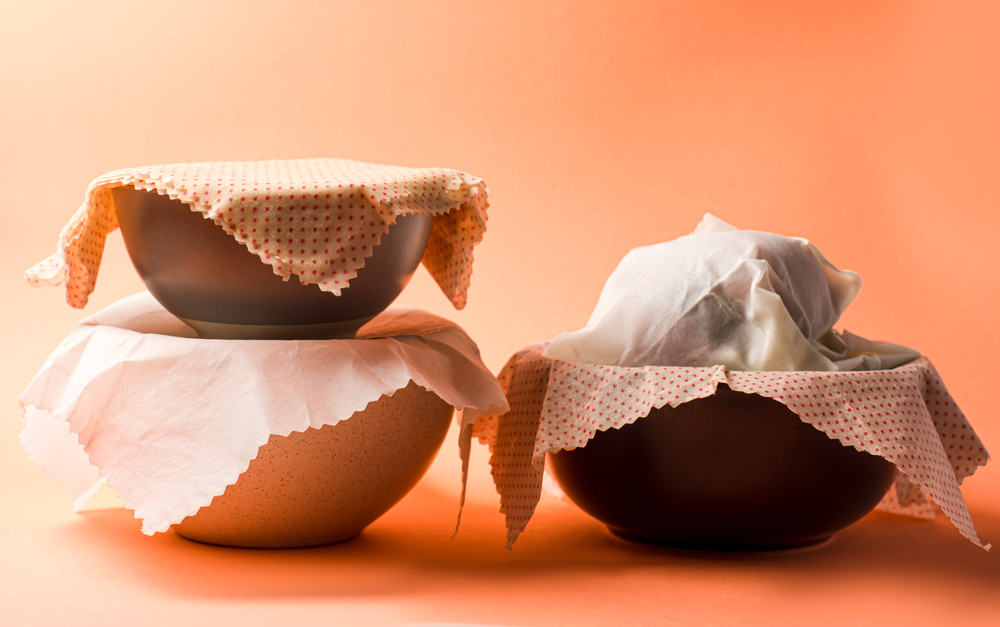
Everyone uses plastic cling wrap at home. It is only used once, usually dirty and hence thrown in the burnable trash. Reusable beeswax or silicone wraps are a much more sustainable alternative. Beeswax wraps are made from natural materials and can be washed and reused safely. Whereas silicone wraps have the added advantage that they can be used in the microwave. Alternatively, the reusable plastic containers that you probably already have in your kitchen or can easily buy from the nearby homeware store or 100 yen store should be perfectly fine to keep your leftovers.
Personal Hygiene
Female Hygiene
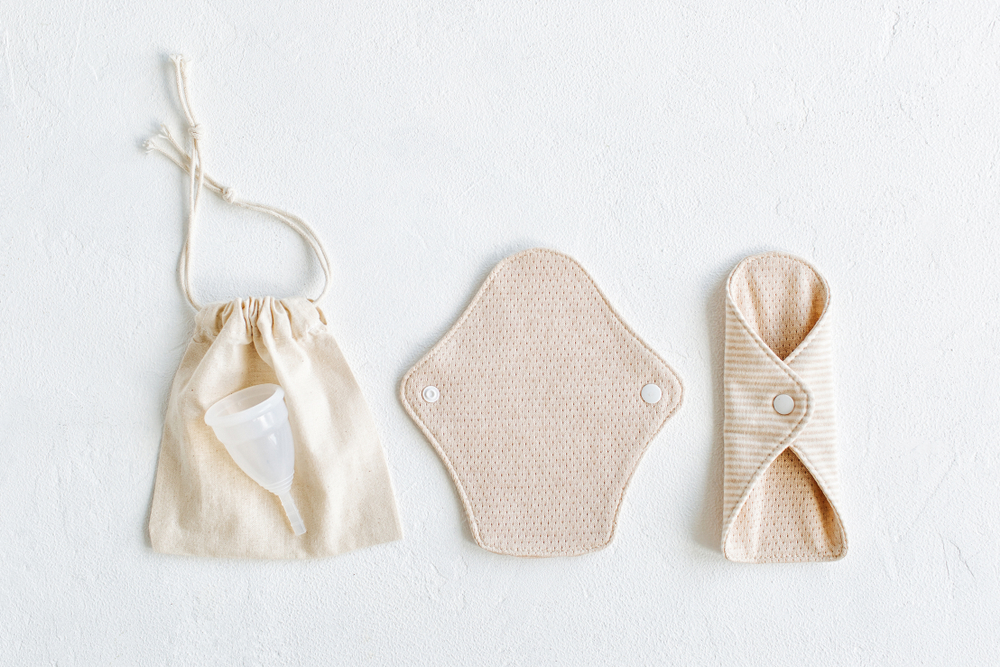
Don’t be fooled by all the nice pictures of soft cotton on the packaging of your disposable menstrual products. Tampons incorporate plastic inside the absorbent part itself, plus other components like bleach, artificial fabrics, and chemicals – things that you definitely don’t want in such sensitive areas of your body. Not to mention all the single-use plastic packaging and applicators (did you know that the plastic usage of disposable menstrual products PER PERIOD is equivalent to 80 plastic bags per person?).
Switching to reusable products – menstrual cups, reusable pads, and period underwear will help you reduce waste immediately and save money in just a few months. Amazon and Rakuten have all of these products available online. Menstrual cups can be found by searching for “月経カップ” or “生理カップ”, or “布ナプキン” for reusable pads. Some shops like Cosme Kitchen have started selling menstrual cups too.
In The Shower
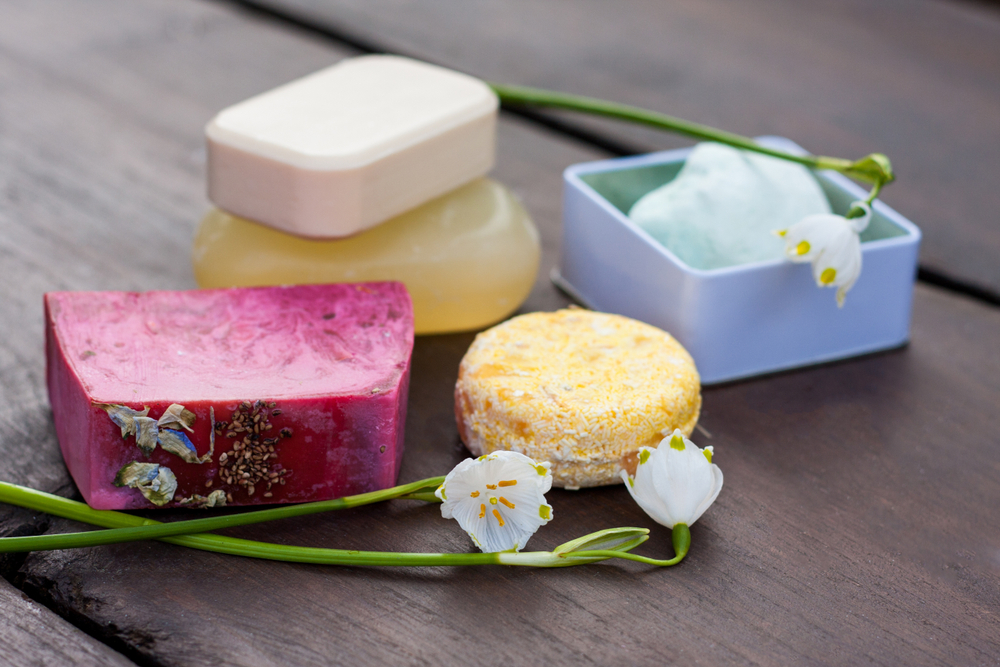
Not-so-fun fact: your average bottled shampoo consists of up to 80% water, and conditioners up to 95% water. The better alternative is shampoo & conditioner bars and body soap bars, which are more concentrated, and therefore have a longer life span. Lush has a great selection of hair and body soap bars that you can buy package-free, and are all made of natural ingredients.
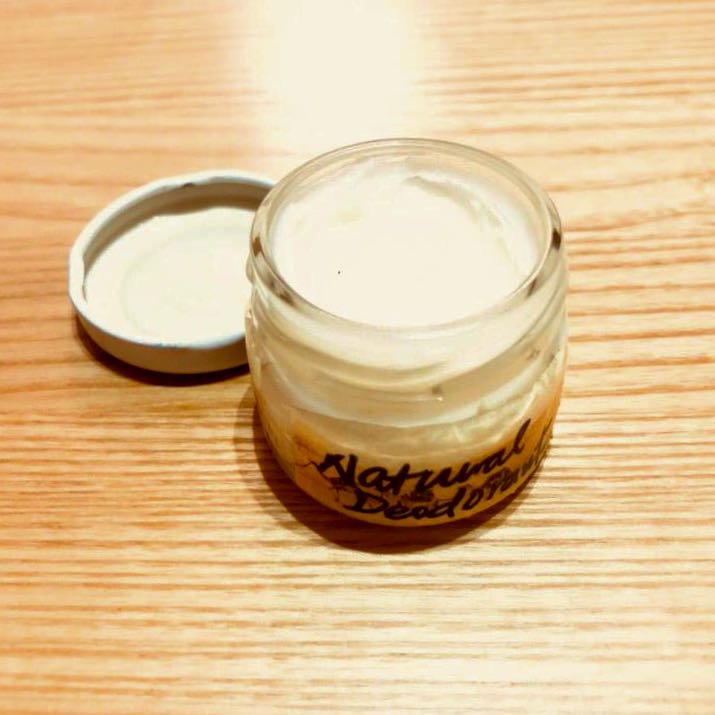
On top of switching to bar soap, I’ve also recently started making my own deodorant from shea butter, coconut oil, natural essential oil, and baking soda, as well as my own body scrub from used coffee grounds and coconut oil. It smells divine, everything is free from harmful chemicals, microplastic and packaging, and each taking less than 5 minutes to make!
Out & About
Water
Stop paying for water and adding to the 23 billions of bottles that are used a year in Japan, and fill up your personal water container on the go using the free mymizu app that helps you find free water-refill stations. It’s easy as 1. open the app, 2. look for a pin closest to you 3. go and refill for free.

Coffee
One could be forgiven to think that the paper cups they give you at cafes are easily recyclable – they’re paper after all, right? Nope! Most of them have a thin layer of plastic lining the inside of the cup, and this kind of mixed material waste means coffee cups are NOT recyclable. The good news is, cafes are increasingly encouraging their customers to bring their own reusable cups by offering discounts of up to 50 yen off your coffee – from Starbucks to Tully’s, even Lawson’s Machi Cafe. That’s a free coffee every six drinks!
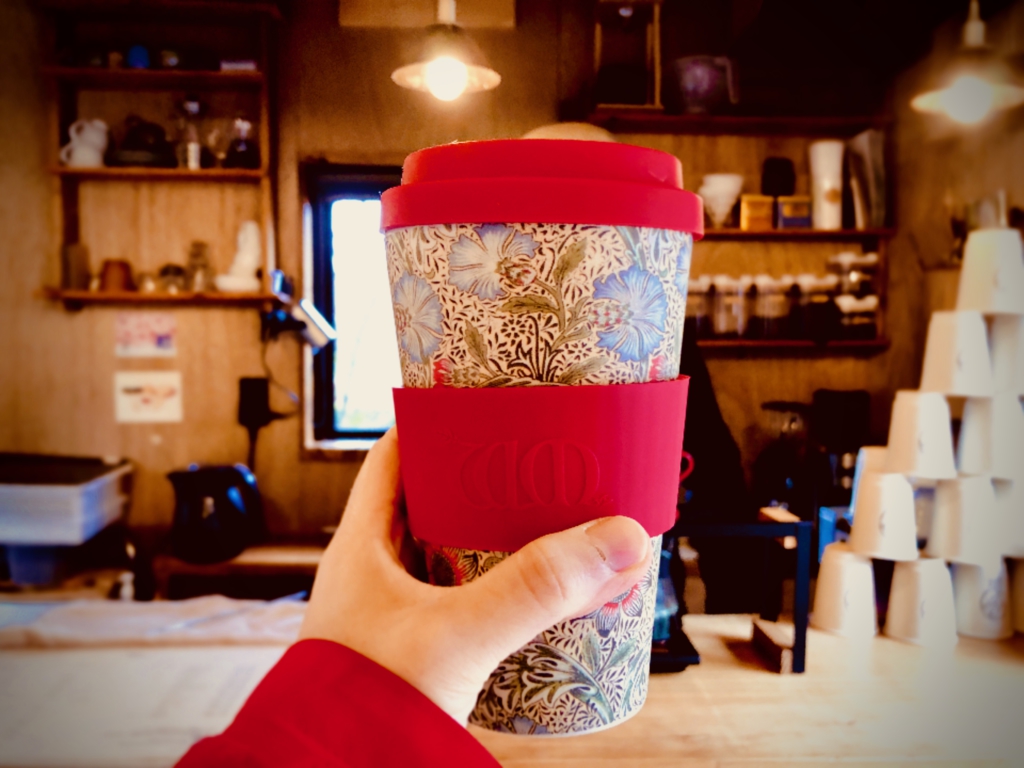
Getting Takeout
With the recent situation requiring social distancing, there has been a rapid increase in demand for food delivery and takeout services, which in turn generates a lot of single-use plastic containers, cutlery and so on. Apart from cooking your own meal, another solution to reducing this type of packaging waste is to bring your own container to the store. Thankfully, there is a growing number of restaurants that are accepting customers’ own containers, but it is still important to contact the store ahead of your visit to ask whether this is possible.
On the topic of bringing your own, why not carry a pair of chopsticks for when you need to get a bento, and a reusable straw when you can’t resist those bubble-tea cravings!
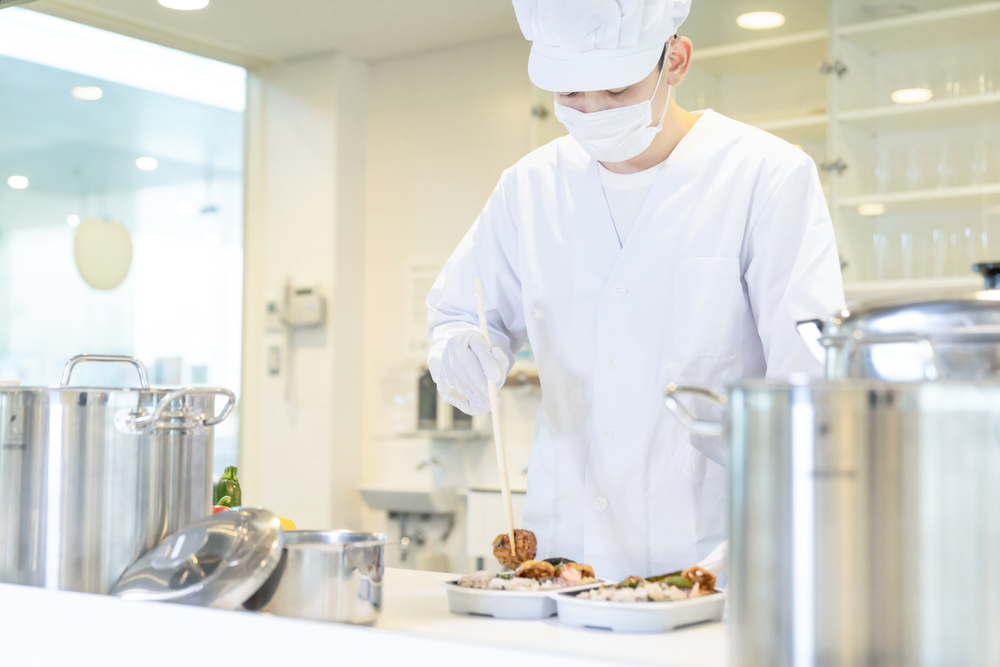
Food Rescue Apps

Another huge problem this country faces is food waste: over six million tons of edible food is thrown out each year in Japan. Food waste has a significant impact on our environment, and is reportedly responsible for 8% of annual greenhouse gas emissions. One way to help reduce food waste in restaurants in Japan is to use food-rescue apps such as TABETE and No Food Loss. These apps connect consumers to restaurants and food outlets that have perfectly edible food that would otherwise go to waste, and allows customers to ‘rescue’ the food at a huge discount. Take TABETE for example: all you have to do is sign up, search for a store near your home or office, choose what you want and the time for your pick up, pay with your credit card on the app, pick up your food, and voila, rescue complete!
Fashion & Furniture
While fashion and furniture may not be items that routinely pile up in your burnable trash, when it does come to either buying or getting rid of them, there are lower-impact, lower-cost ways of doing so as well.
Fashion

Without going into too much detail about the massive environmental damage that the fashion industry, especially fast fashion, causes (quick fact: the fashion industry produces 10% of all humanity’s carbon emissions, which is more than international flights and maritime shipping combined), it is crucial to reduce or change the way we buy clothes.
A more sustainable way to shop is to invest in fewer, high-quality items that will withstand the test of time and trends instead of buying into every new fad. Furthermore, avoid online shopping fixes when you’re in a bad mood or late at night as they can lead to more shopping mistakes that quite often don’t get returned.

The alternative is a great money-saving hack while also staying superbly stylish – second-hand stores. No, second-hand clothes stores in Japan are not where you find drabby old dresses or grandma cardigans that you would normally see in a Salvation Army shop. Japanese thrift stores are a treasure trove of trendy gems waiting to be found. People in this fashion-conscious country generally have small living spaces, and hence small wardrobes, which means second-hand clothes stores actually get really cool clothes in their collections.
Thrifters and vintage fans flock to Shimokitazawa in Tokyo to pick up quirky, handmade, offbeat gems and jeans, ranging from the cheap and cheerful to the high-end, handpicked 19th and 20th-century one-of-a-kind vintage finds from home and abroad.
Check out Mercari, Jimoty and ZozoUsed, great online marketplace platforms with large selections of used clothing in any category.
Furniture

Throwing away furniture in Japan can be a headache as you can’t just throw it out on the street; you have to call up the local authorities to come and pay for them to collect your oversized trash.
For those looking to buy furniture, buying used furniture is a great way to save money, help the environment, and give an old piece of furniture a new home. The best place to find good deals on used furniture is sayonara sales, which are sales by foreign residents who are about to leave Tokyo and have to sell their stuff as quickly as possible. One can often find decent furniture cheaply or even for free. Check Tokyo Craigslist or search for sayonara sales groups on Facebook. The savings you’ll get is worth the cost of a rental van for the day. Jimoty and Mercari will also quite often have items that have been well-maintained for sale at reduced prices, as Japanese people tend to take good care of their belongings.
When I first moved to Tokyo and went to pick up a used sofa from a sayonara sale, the seller also threw in his rice cooker and his entire collection of kitchen cutlery, crockery & utensils for free.

If you prefer to go to the shops, there are generally two types of furniture recycle shops in Japan: ones that specialize in beautifully curated vintage classic pieces, and ones that sell the regular inexpensive, practical stuff.
IKEA Japan is joining the circular economy movement by launching its Buy Back And Resell Service. It is fantastic for the environment and for your wallet, and it is simple to use. Just fill out a form online to receive a quote on your old IKEA furniture, then bring it to your nearest IKEA store or ask for a pick-up option, where its condition will be checked and confirmed of the final valuation, which can be as high as 40% of the original value. In return, you get IKEA credit to spend in their stores.
Just Start Somewhere!

Living a low or even zero waste life doesn’t have to be hard in Japan. Doing all of the above could seem a bit overwhelming at first, but no one is required to be perfect. Just start one step at a time, and slowly build up a habit. For example, start by bringing a tumbler to work or school for your coffee, which can be doubled up as a cup for water which you can refill on the go. If only everyone puts in a little effort, our collective actions can go a long way in reducing waste and helping develop a sustainable society.
Another important thing to note is that quite often you already have the tools to live a low-waste life, rather than needing to go out to buy all this new stuff. Look around and see what you can use and repurpose what you already have. For example, use an old handkerchief to carry your chopsticks and reusable straw; use your existing tupperware to shop at a bulk store; cut and resew an old t-shirt or tablecloth to make a reusable shopping bag and face masks…you just need a bit of imagination!
If you want to give feedback on any of our articles, you have an idea that you’d really like to see come to life, or you just have a question on Japan, hit us up on our Facebook!
Title image: Bogdan Sonjachnyj / Shutterstock.com
The information in this article is accurate at the time of publication.
